What is the tolerance range of precision screws?
What is the tolerance range of precision screws?
Service Hotline
+86760-8787 8587We have more than ten years of experience in screw industry production, the main products are: positioning column, GB70.2 stainless steel screw, flat head hexagon socket screw, six-sided nut, iron inner and outer teeth nut, 316L stainless steel gasket, bronze spring washer, spring washer Combination, Wenzhou nut, expansion nail external screw, fastening screw, fastener full carbon steel hexagonal nut, high-strength wing nut, 6173 fine-tooth flat nut, hardware gasket and other fasteners, due to the different materials and specifications of the product There are different prices, please contact us if necessary.


Stainless steel rivet nuts are used on rail passenger cars, highway passenger cars, and ship parking. The main function is the non-structural bearing bolt connection. The main advantage of stainless steel rivet nuts is that there is no operating space on the back of the substrate, and the quality is extremely light. Today, the editor will talk about the selection principles of stainless steel rivet nuts and their uses: 1. The mechanical properties of stainless steel rivet nut materials, especially the strength requirements; Corrosion resistance requirements of materials;
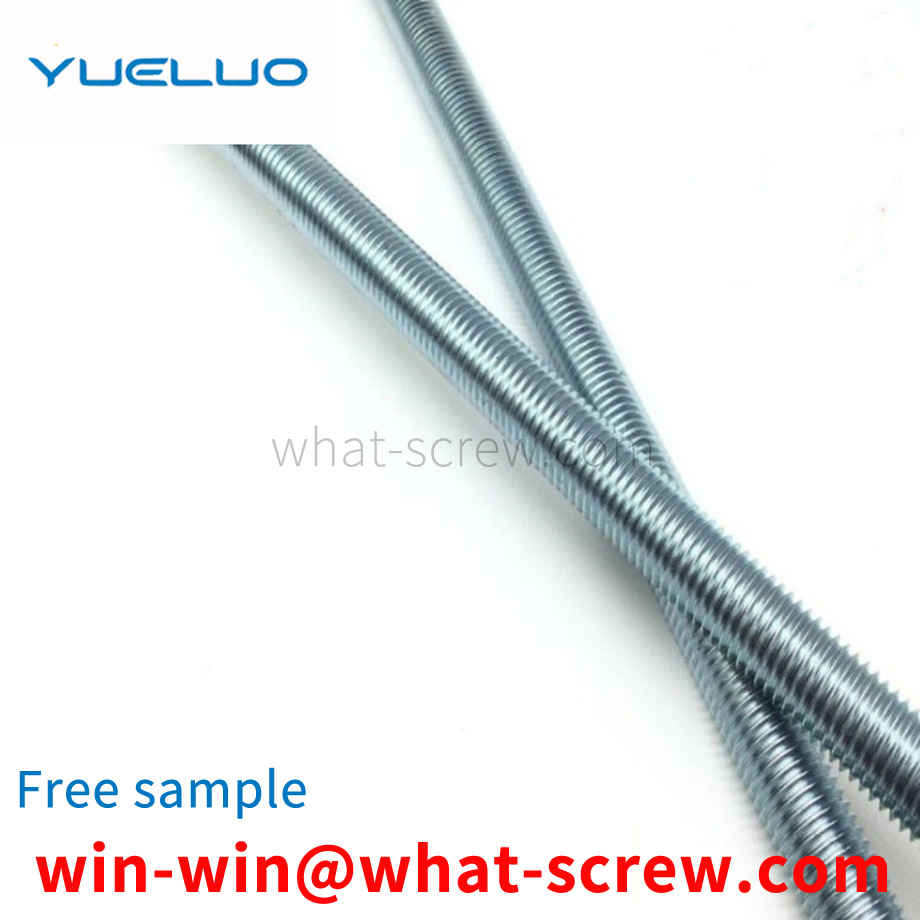
Bolt: A type of fastener consisting of a head and a screw (a cylinder with an external thread), which needs to be matched with a nut to fasten and connect two parts with through holes. This form of connection is called a bolted connection. If the nut is unscrewed from the bolt, the two parts can be separated, so the bolt connection is a detachable connection. [1] Stud: A type of fastener that has no head and only has external threads on both ends. When connecting, one end of it must be screwed into the part with the internal threaded hole, the other end must pass through the part with the through hole, and then the nut must be screwed on, even if the two parts are tightly connected as a whole. This form of connection is called a stud connection, which is also a detachable connection. It is mainly used for occasions where one of the connected parts is thick, requires a compact structure, or is not suitable for bolt connection due to frequent disassembly. [1] Screw: It is also a type of fastener consisting of a head and a screw. It can be divided into three categories according to the purpose: machine screws, set screws and special-purpose screws. Machine screws are mainly used for a fastened connection between a part with a fixed threaded hole and a part with a through hole, without the need for nut matching (this connection form is called screw connection, which is also a detachable connection; it can also be Cooperate with the nut, it is used for the fast connection between two parts with through holes.) The set screw is mainly used to fix the relative position between the two parts. Special purpose screws, such as eyebolts, are used for hoisting parts. [1] Nuts: with internal threaded holes, generally in the shape of a flat hexagonal column, but also in a flat square column or flat cylindrical shape, with bolts, studs or machine screws, used to fasten and connect two parts, make it a whole. [1] 5. Self-tapping screw: Similar to machine screw, but the thread on the screw is a special thread for self-tapping screw. It is used to fasten and connect two thin metal components to make them a whole. Small holes need to be made in advance on the components. Due to the high hardness of this kind of screw, it can be directly screwed into the hole of the component, so that the Forming a corresponding internal thread [1] 6. Wood screw: It is also similar to a machine screw, but the thread on the screw is a special thread for wood screws, which can be directly screwed into wooden components (or parts) to connect a band through The metal (or non-metallic) part of the hole is fastened to a wooden member. This connection is also a detachable connection. [1] 7. Washers: A type of fastener with an oblate annular shape. It is placed between the supporting surface of the bolt, screw or nut and the surface of the connecting part, which increases the contact surface area of the connected parts, reduces the pressure per unit area and protects the surface of the connected parts from damage; another type of elastic washer, It can also play a role in preventing the nut from loosening. [1] 8. Retaining ring: It is installed in the shaft groove or shaft hole groove of the machine and equipment, and plays the role of preventing the parts on the shaft or the hole from moving left and right. [1] 9. Pins: mainly used for positioning the left and right parts, and some are also used for connecting parts, fixing parts, transmitting power or locking fasteners. [1] 10. Rivet: A type of fastener consisting of a head and a shank, which is used to fasten and connect two parts (or components) with holes to make them a whole. This form of connection is called rivet connection, or riveting for short. It is a non-removable link. Because if the two parts joined together are separated, the rivets on the parts must be broken. [1] 11. Components and connection pairs: Assemblies are a type of fasteners supplied in combination, such as a combination of a certain machine screw (or bolt, self-supplied screw) and a flat washer (or spring washer, lock washer); Connection pair refers to a type of fastener that is supplied by a combination of special bolts, nuts and washers, such as high-strength hexagon head bolt connection pairs for steel structures. [1] 12. Welding nail: a heterogeneous fastener composed of a nail rod and a nail head (or no nail head), which is fixed to a part (or component) by welding, so as to be connected with other parts. .
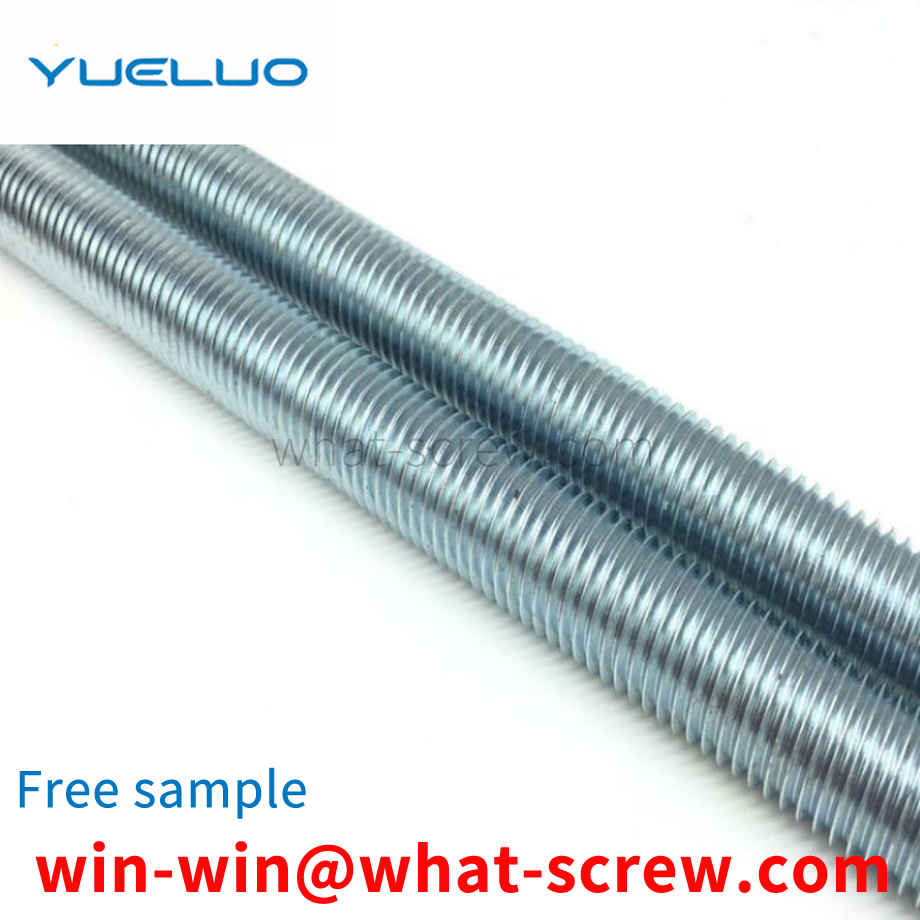
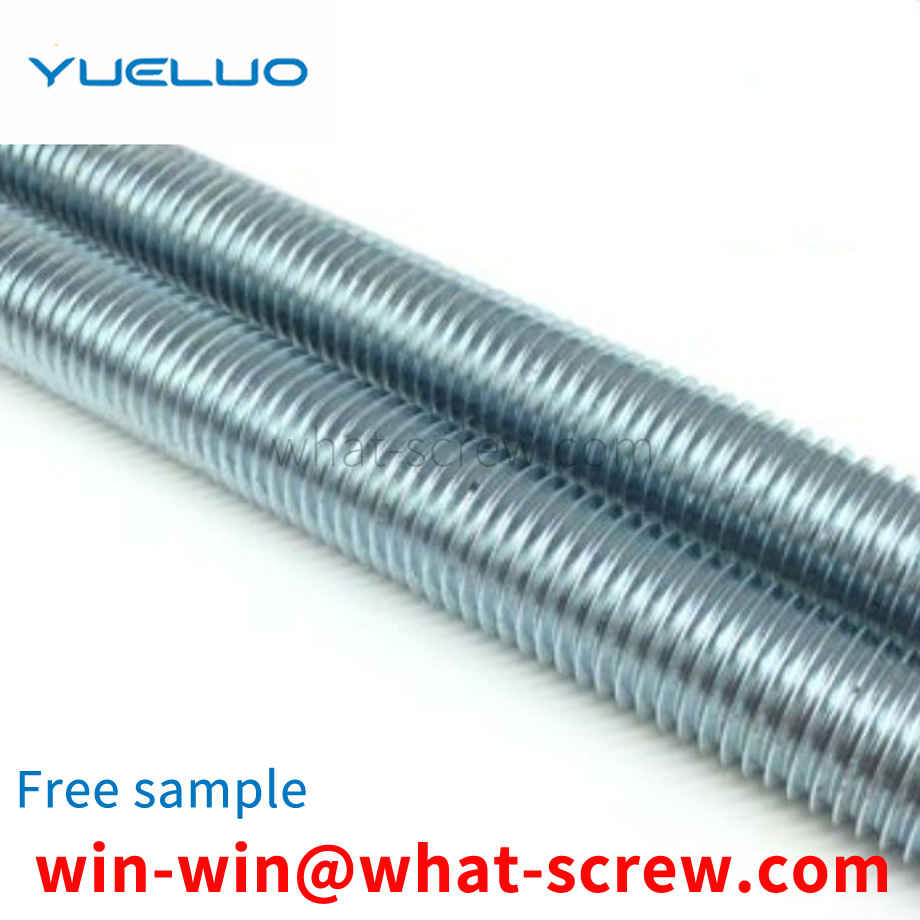
A rivet is a nail-shaped object used to connect two parts with a through hole and a cap at one end. It is mainly used in riveting to connect the riveted parts by its own deformation or interference.
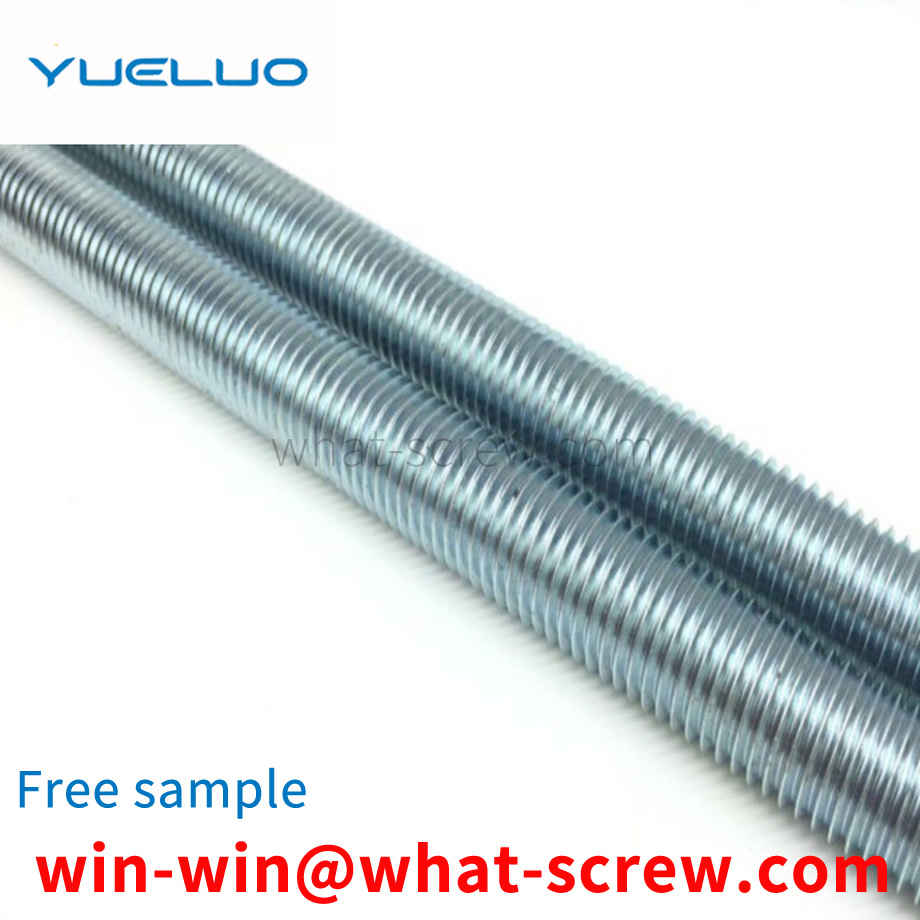
Many existing products need to use screws in the production process, especially in the field of nuclear power sluice gates, it is necessary to fill a part of the sluice gate with screws to fix the size and structure. If the fixing effect is not good, then It will lead to more leakage of water gates, waste a lot of water resources, and even cause safety accidents.
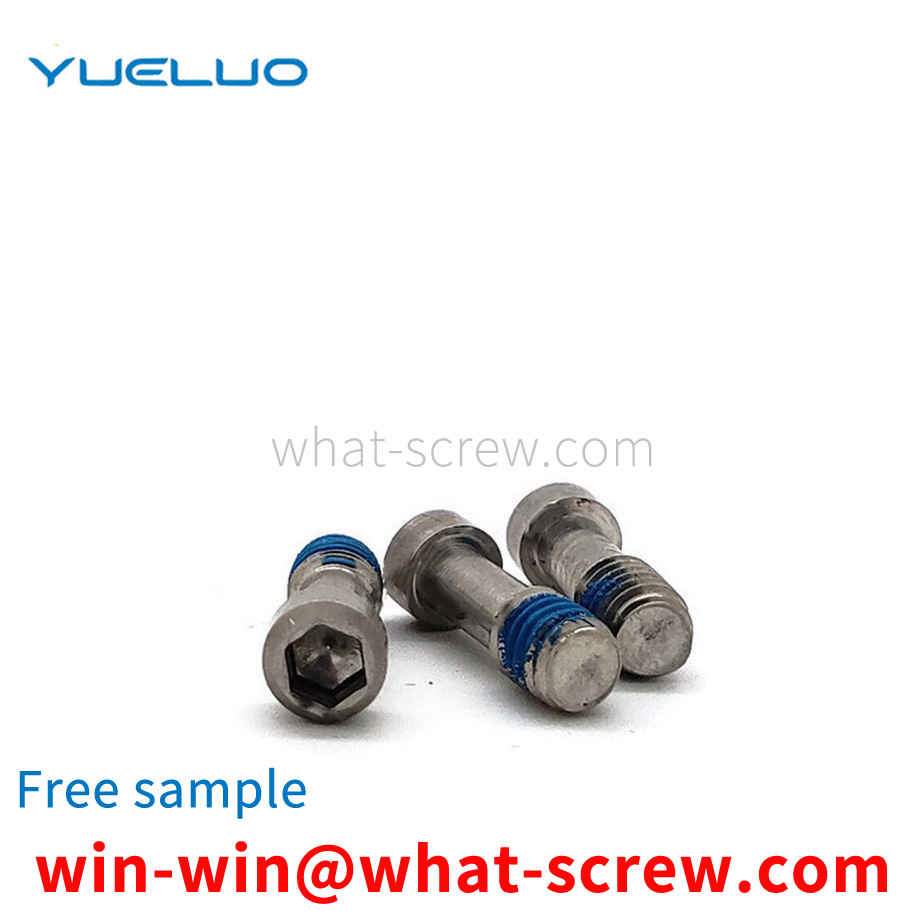
The above content is uploaded by Yueluo or the Internet. If there is any copyright issue, please contact [email protected].

What is the tolerance range of precision screws?

How to choose the right stainless steel screw manufacturer?

Why is there an R angle under the head of the hexagon head s...

We have more than ten years of production experience in the ...

We have more than ten years of experience in the production ...

We have more than ten years of experience in the production ...

We have more than ten years of experience in screw industry ...